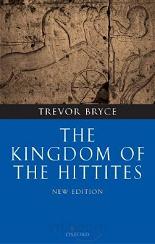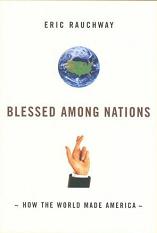
The Kingdom of the Hittites
Trevor Bryce
554 pages including index
published in 2005
The nice thing about history is that there’s so much of it, and so much still barely known. The Hittites are a case in point. Their existence was largely unsuspected until the late nineteenth century, when the first of their sites were uncovered in what is now Turkey and Syria. Here was a major Late Bronze Age civilisation and Near East superpower, an empire on par with Ancient Egypt or Assyria that lasted almost fivehundred years and nobody had a clue it existed. The sole cluess to their existence then known were some vague references in the Old Testament, from which they gotten their name as well as some mentions in the official correspondence of their rivals in Egypt, Assyria and Babylon but these were still largely untranslated when the first Hittite sites were found. The rediscovery of the Hittites is but one example of how much more complex ancient history is compared to the caricature we get of it in pop culture, which largely goes Sumeria > Egypt > Greece > Rome, with a sidestep to Israel.
What’s also nice about history is how fluid it is. We think we know the history of given region or country until a chance archeological discovery turns everything upside down again. Especially with subjects as far removed in time from us as the Hittite Empire, which existed roughly from 1650 BCE until about 1200 BCE, our views of it can change surprisingly quickly, as can be seen in The Kingdom of the Hittites. Originally published in 1998, the second, 2005 edition has been thoroughly revised with sections of every chapter having been rewritten, based on new discoveries and other advances since the original publication. If less than a decade of progress can make such a difference in a textbook like this it’s no wonder its author, Trevor Bryce, stresses that this is still only a preliminary history of the Hittites, subject to further revision.
As a textbook The Kingdom of the Hittites is firmly of the “kings and battles” school of history writing, with a companion volume dealing with society and daily life of the Hittites. Sadly the Amsterdam library didn’t seem to have that in its stacks. No matter, this was enough to be going on with on its own as well. The book is set up in chronological order, it starts with the origins of the Hittites and an overview of the history of Anatolia just before the Hittite kingdom was established and ends with the last known Hittite king. The reign of each known Hittite king is looked at, but as Bryce makes clear throughout, of some kings much less is known than others. Indeed, for several kings not even the approximate dates of their reigns are known. Two appendixes, on the chronology of Hittite history and the sources available to historians, make this problem even more clear.


